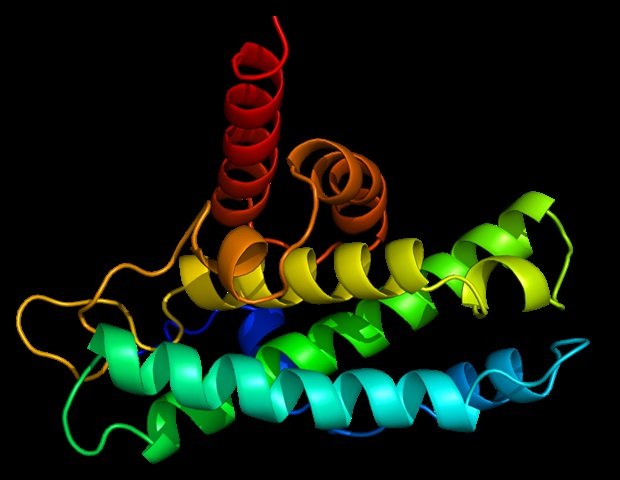The infrared vibrational spectrum of a single protein is observed using advanced measurement techniques based on near-field optical microscopy. This method uses light confined to the nanometer scale, enabling detailed analysis of extremely small samples, which was previously difficult with conventional infrared spectroscopy. The achievement represents a significant advance toward technological innovations such as ultrasensitive and infrared-resolution imaging, as well as single-molecule vibrational spectroscopy.
Infrared spectroscopy is widely used for structural and chemical analysis of various materials as it can measure vibrational spectra, often referred to as ‘molecular fingerprints’. The rapid development of nanotechnology in recent years has led to an increasing demand for ultra-high-sensitivity and high-resolution infrared imaging. However, conventional infrared spectroscopy is limited to measuring extremely small samples or achieving nanometer-scale spatial resolution. For example, even infrared microspectroscopy with good sensitivity requires over a million proteins to capture an infrared spectrum, making it impossible to measure just one protein.
An interdisciplinary research team, led by Jun Nishida (Asst. Prof.) and Takashi Kumagai (Associate Prof.) at the Institute of Molecular Science, successfully observed vibrational spectra of individual proteins, composed of ~500 amino acid residues, using advanced measurement techniques that based on near-field optical microscopy. This method uses light confined to the nanometer scale, allowing detailed analysis of extremely small samples, which is difficult with conventional infrared spectroscopy.
In their study, the research team isolated a single protein, a subunit comprising a protein complex called F1-ATPase, on a gold substrate and performed near-infrared spectroscopy measurements in ambient conditions. They successfully obtained the infrared vibrational spectrum of a single protein, representing a major advance that can lead to characteristic local structural organizations of individual proteins. Such information is particularly important for understanding the sophisticated functions of protein complexes and membrane proteins, offering deeper insights into their mechanisms and interactions. In addition, they have developed a new theoretical framework that describes the nanoscale interactions between near-infrared and protein. Based on the theory, the team was able to quantitatively reproduce the experimental vibrational spectra they observed. These results will be invaluable for the chemical analysis of biomolecules as well as various nanomaterials, paving the way for a range of applications of nanoscale infrared spectroscopy.
Source:
Journal Reference:
Nishida, J., et al. (2024) Sub-Tip-Radius Near-Field Interactions in Nano-FTIR Vibrational Spectroscopy in Single Proteins. Nanograms. doi.org/10.1021/acs.nanolett.3c03479.
